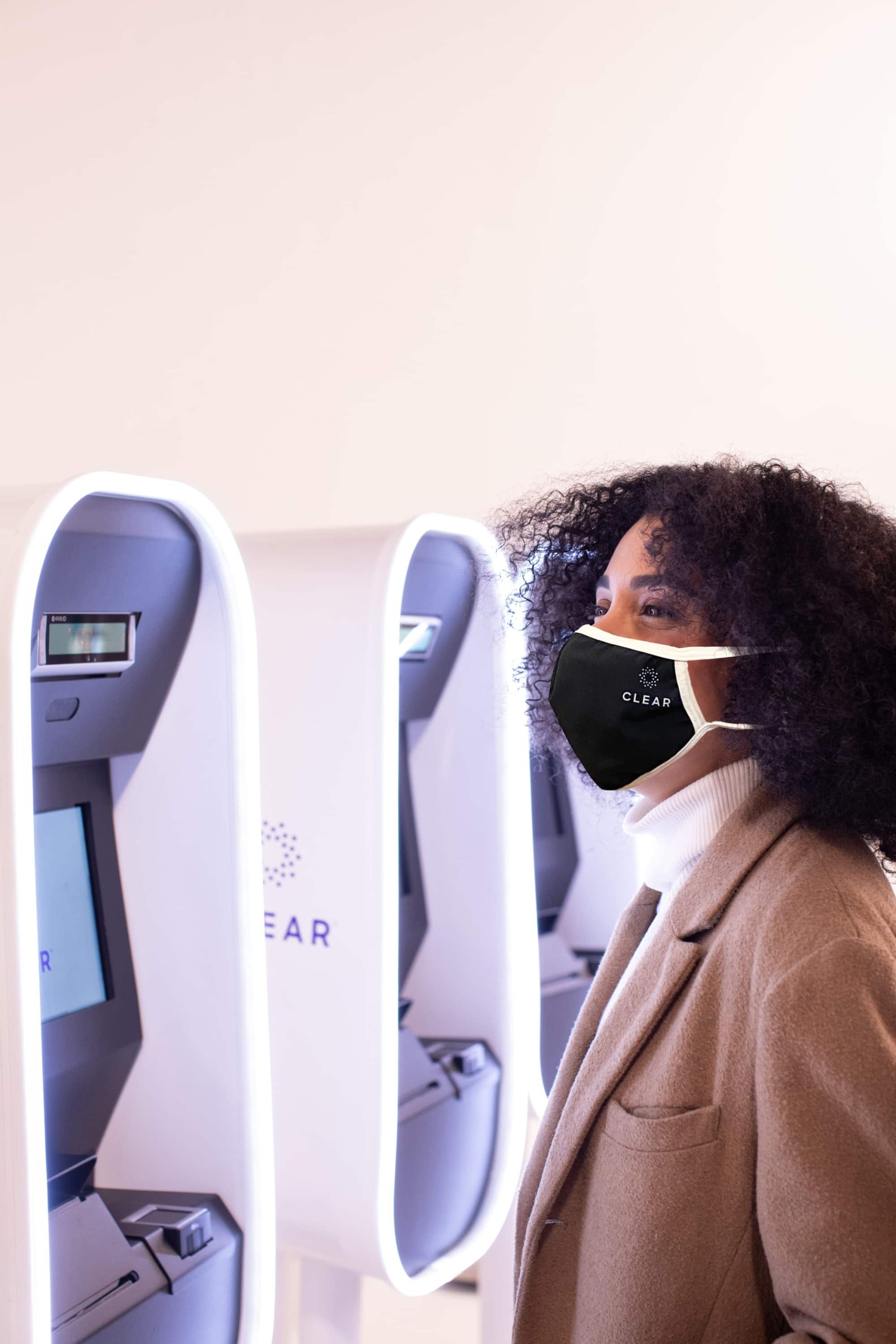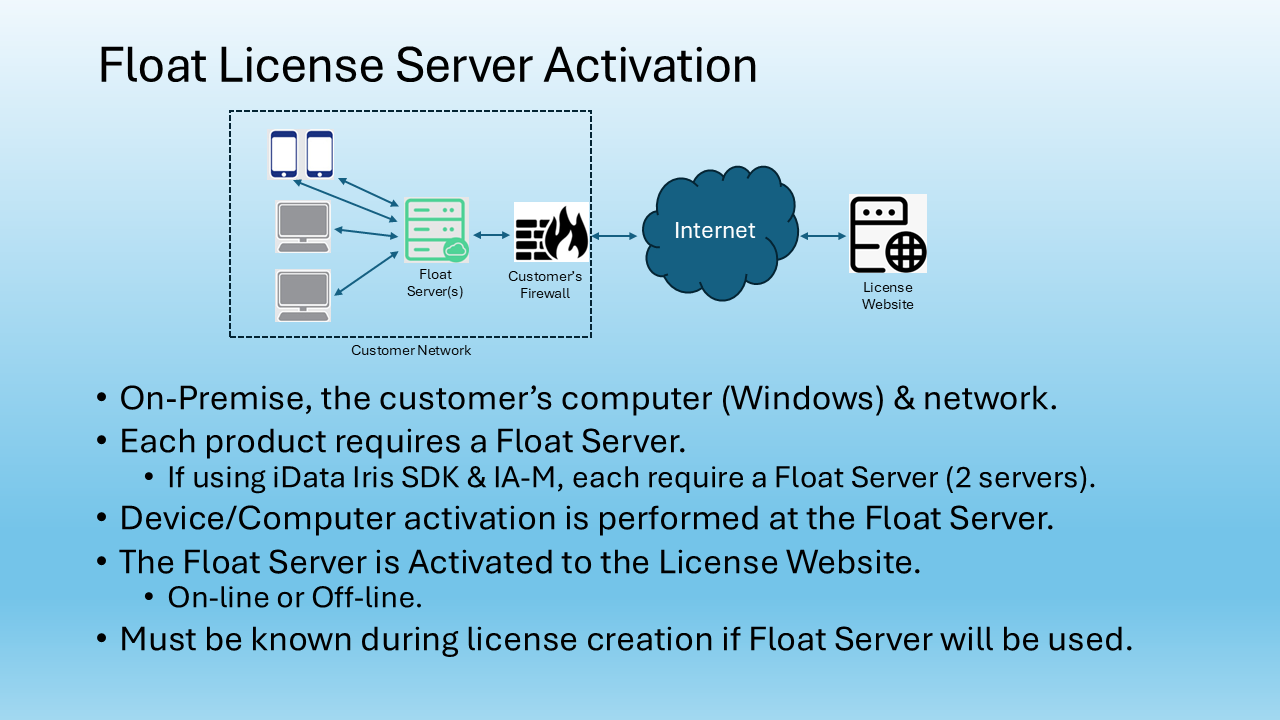Today’s Growing Aviation Demands
Air travel is already starting to exceed pre-pandemic levels, leading to longer lines at security checkpoints and increased wait times. It’s no wonder that air-travel complaints have also grown – almost 300% from pre-pandemic levels, by some reports. Nobody likes long lines, being delayed, or missing connections!
To prevent missed flights, the TSA currently advises travelers to arrive at the airport two hours before their flight for domestic travel and three hours prior to international travel. This recommendation is opposite to what travelers really want!
One problem, of course, is that the security requirements for an airport are unmatched in both complexity and oversight. Not only are airports responsible for overseeing passenger safety, but also for controlling access for employees, vendors, and third-party workers – all within a facility with both open and secure areas. To maintain security, it is critical for airports to have accurate identity authentication and verification while simultaneously delivering a high level of customer satisfaction – and to do it quickly!
Iris Recognition: An Ideal Authentication Solution for Aviation
Iris recognition provides the perfect solution for both air travelers and airport security professionals. It ensures fast throughput at security checkpoints by employing the most secure and accurate form of non-invasive biometric authentication. The iris alone has 240 recognition points – far more than fingerprint and facial technologies – supporting higher security, fewer false positives, and absolutely no opportunity for bias. Unlike ID cards and passports, a person’s unique iris pattern is not susceptible to theft, loss, or compromise. This makes iris recognition technology highly reliable and uniquely suited to accurately authenticate and verify identities.
In an airport operation, iris recognition’s unique capabilities increase security, speed, and user satisfaction when used for personal identification. Full enrollment with instruction can take less than 2 minutes. Once enrolled, authenticating an individual takes less than 2 seconds and allows for an entirely touchless access control experience.
Making security check-in faster, frictionless, and more secure presents a win-win for both travelers and airport management. The same holds true for protecting secured areas, where fast, accurate authentication of staff, vendors, and third-party contracted workers increases security and improves operations.
Iris Recognition is a Proven Solution
Millions of passengers every year use biometric IRIS ID iris recognition at airports in Qatar, Amsterdam, Canada, and the US. CLEAR, a New York-based private company, employs iris authentication software embedded in kiosks to identify enrolled travelers in more than 40 major U.S. airports. Outside of airports, the same iris recognition technology found in these airport applications has been deployed to over 500 border crossing points in Qatar, and will also be used to process an estimated 3 million visitors’ identities in the lead up to the 2022 FIFA World Cup. As these usage figures show, iris-based authentication is proving to be not only accurate, but reliable for use in high-volume, critical applications.
Airport Access Control for the 21st Century
Twentieth-century air transportation infrastructures are already strained under the demands of 21st century airport operations and a waning global pandemic. In this volatile business environment, airports the world over are confronting extraordinary challenges. Balancing security imperatives with operational efficiency improvements and maintaining a positive overall travel experience is one of the hardest challenges.
Iris recognition is one key technology that can help on all sides of the equation – boosting security while improving efficiency and the travel experience. It is truly an effective and preferred authentication method for meeting these challenges in a 21st century world. As this technology continues to evolve, and deployment costs decline, iris recognition technology stands to be the preeminent biometric for airport access control.


